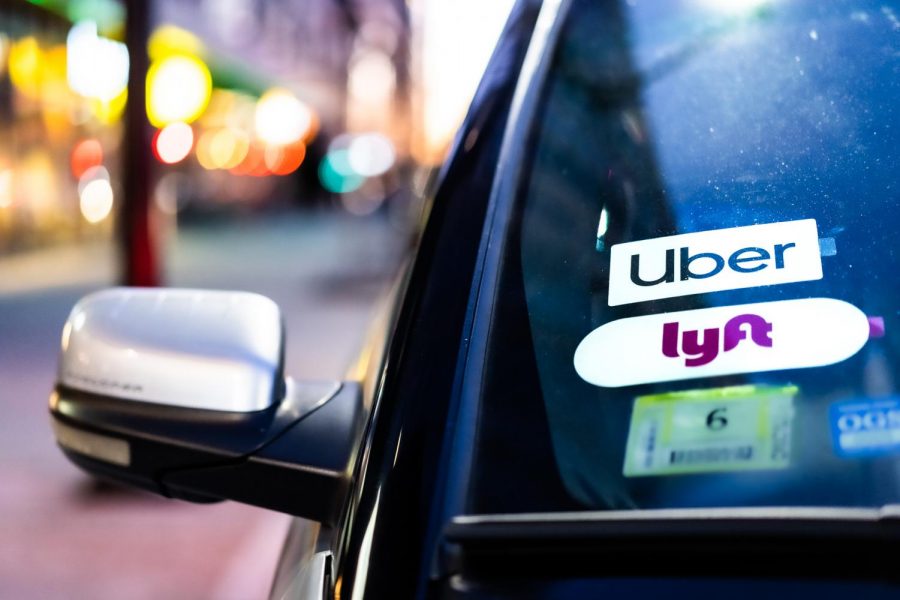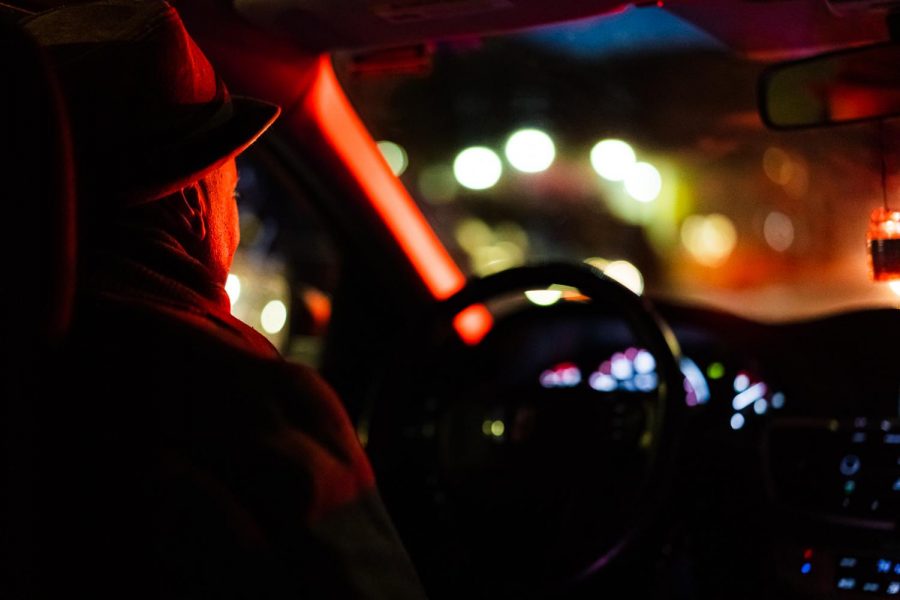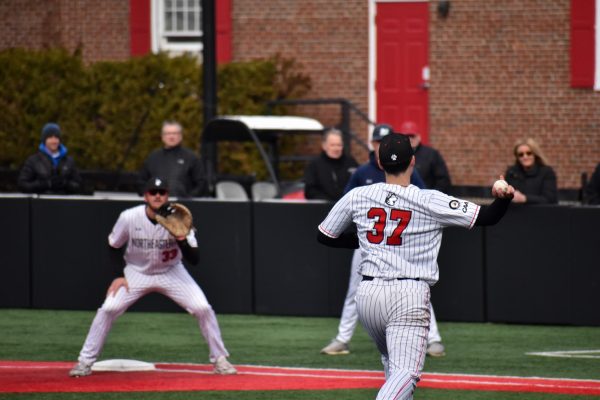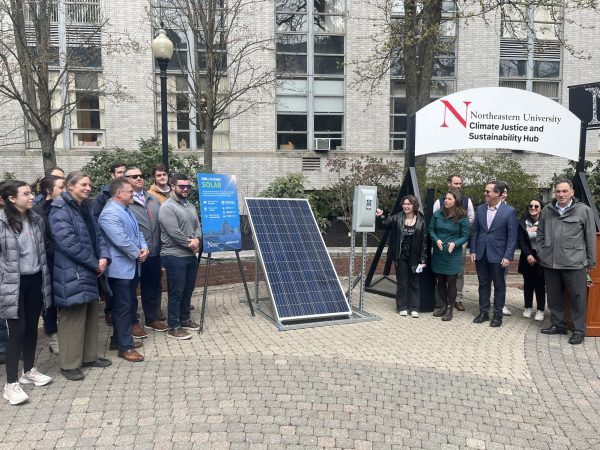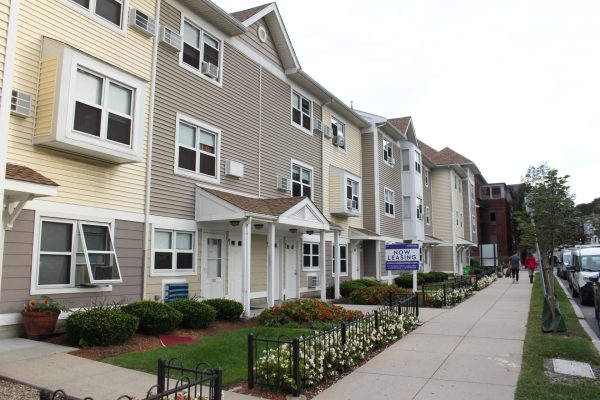Boston residents won’t stop Ubering everywhere
Ridesharing has become one of the main sources of transportation in the city — as well as the main reason for traffic.
January 29, 2020
Julianne Subia peered out of her window onto the street where she lives in Back Bay, and counted the rideshare drivers that she could see pulled over alongside the curb. “Two, three, four,” she counted. “Now, I see five.”
Since moving to Back Bay a few months ago, Subia has limited her use of rideshare apps like Uber and Lyft. But when she lived in Somerville after graduating college in the Netherlands two years ago, ridesharing was a convenient way to get around in a part of the city that had fewer public transportation options.
“When I was living in Somerville, just to do laundry, I had to take an Uber,” Subia said in a phone interview. “It would either be walk 20 minutes or I’ll do UberPool and it will be a five-minute drive.”
Boston is the most congested city in the United States, according to the 2018 Global Traffic Scorecard by transportation analytics firm, INRIX — and the widespread prevalence of rideshare apps in the city certainly contributes to the snarling of Boston’s streets.
Ridesharing services are very popular among residents in the Boston area, with residents calling an average of 68.3 rides per person each year, according to data collected by the Department of Public Utilities. For less central areas, the number can be even higher— such as in Cambridge, where the average is 74.4 rides per year. Although rideshares account for just 4 percent of all traffic in Boston, in some parts of the city such as the Seaport and around Logan Airport, rideshare vehicles account for 20 percent of the street traffic, according to data prepared by the transportation analytics company StreetLight for a Boston Globe report on congestion.
Massachusetts Gov. Charlie Baker proposed increasing the per-trip tax on rideshares from 20 cents to $1 in the 2021 fiscal year budget proposal released last Wednesday. The tax is expected to generate $135 million in support for the MBTA.
Ted Landsmark, a member of the Boston Planning and Development Agency’s Board of Directors and the director of the Kitty and Michael Dukakis Center for Urban and Regional Policy at Northeastern, said that for his students, deciding whether or not to use a rideshare is all about convenience. And depending on the cost of the fare, taking an Uber or Lyft could even be cheaper when split among multiple students, he said.
The subway system is not always conveniently structured, depending on where a traveler needs to go.
“For anyone who lives in Roxbury, most of Dorchester, Allston-Brighton, Cambridge and Brookline, public transportation is readily accessible, although not always as convenient as it needs to be,” Landsmark said. “A person living in Dorchester who is working in Cambridge may have to take a bus to a subway line in order to get to work.”
Rideshares can be a tempting option when there is no simple path between point A and point B, and when the T is not running.
Aaron Foster, a studio performance and political communications major at Emerson College, typically only uses ridesharing services when returning home late at night after spending time with friends.
“I think, personally, the T should be running all through the night, and there should be night busses,” Foster said. “A lot of other cities have night buses. It’s really not that crazy.”
Day to day, he can walk 10 minutes from his dorm to class, and take the T if he needs to go somewhere farther in the city. Why does he choose public transportation over rideshares?
“Uber costs more, obviously,” he said. “That’s the main reason.”
He also cited the higher impact rideshares have on congestion and the environment.
“Public transit is how people should be getting around in a dense urban core,” Foster said. “Uber’s not going to fix traffic problems. It’s going to make it worse. People should be taking public transit as much as possible.”
Landsmark said students should consider the environmental impact that choosing a rideshare over public transportation can have. About half of the time, ridesharing vehicles are not carrying passengers, and are instead driving around or idling waiting for rides, according to the Boston Globe report.
“Many of our students are deeply committed to reducing their carbon footprints and reducing the extent to which they add pollution both here and at home,” Landsmark said. “And yet, many of those same students place the convenience of ridesharing over their commitment to reducing their carbon footprints. That raises some difficult questions about the extent to which we put into practice in our daily lives the commitments that we have to addressing climate change in the abstract.”


